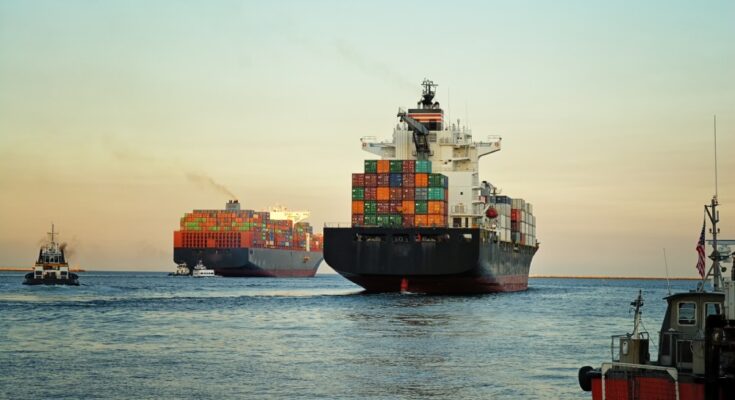Container ships are the hardworking yet often silent heroes of global trade, moving goods across oceans with efficiency and precision. These colossal vessels connect continents and make it possible for businesses and individuals to access products from around the globe.
Yet, despite their crucial role, many people know little about the fascinating world of container shipping. Keep reading as we explore a few surprising facts about container ships worth knowing.
Marvels of Modern Engineering
The size of modern container ships is truly staggering. These floating giants often exceed 1,300 feet in length and can carry over 20,000 containers in a single voyage. This allows for massive amounts of cargo to travel efficiently, reducing the number of trips required and minimizing costs. This scale of shipping has revolutionized global trade, making it more accessible and affordable for countless industries.
Green Giants on the Sea
While their immense size might suggest otherwise, container ships are remarkably environmentally friendly. Innovations in design and technology have significantly reduced their carbon footprint, making them one of the most sustainable modes of transportation. Today’s container ships use advanced engines and fuel-efficient technologies to cut emissions and promote cleaner seas.
Navigating the High Seas
A container ship’s journey from port to port is a testament to the global network that supports international trade. The unpredictability of the sea, coupled with the intricacies of international logistics, makes each voyage unique. From navigating through narrow straits to docking at bustling ports, these ships face a host of challenges that require skilled crews and cutting-edge navigation tools.
Life on Board
Life aboard a container ship is surprisingly comfortable. Equipped with amenities such as gyms, lounges, and sometimes swimming pools, these ships offer crew members a semblance of normal life during long voyages. Despite a ship’s vastness, crews are often small, typically ranging from 20 to 30 members, who work together to keep everything running smoothly.
Behind the Scenes
It’s important to understand the difference between feeder ships and barges because they play critical roles in the container shipping industry. Feeder ships transport containers from smaller ports to larger hubs, while barges often handle inland waterways and short-distance routes. Together, they form an essential part of the supply chain and make sure goods reach their final destinations efficiently.
Container ships have a profound impact on our daily lives, shaping the way we consume and experience the world. Understanding their intricacies encourages a deeper appreciation for the complexity and efficiency of global trade. From the sheer size of these ships to the innovative technologies that drive them, container shipping remains a vital and fascinating aspect of modern life. Equipped with these surprising facts, you can grow a deeper appreciation for container ships.



